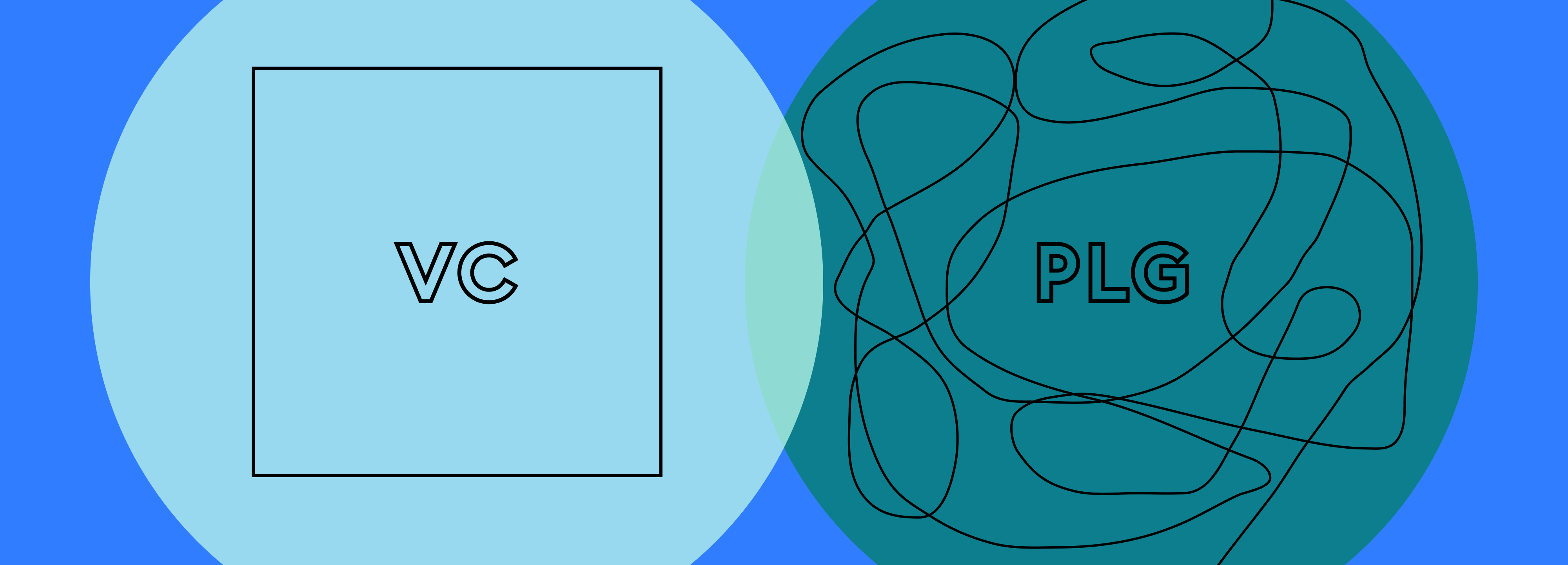
Investors: Why You Must Understand Product-Led Growth to Invest in Today’s Startups
Product-led growth is not a trend. It is an important line in the sand, where one side includes high-growth startups and the other side includes startups looking only at traditional sales and marketing teams to stimulate revenue.
Startups adopting product-led growth are looking for investors who haven’t just heard about the trend, but actively understand it and suggest adoption of it to their portfolio companies.
Traditional investors are too focused on money and old advice
Today’s startup founders have seen the wins and fails from others. They’ve already heard some of the advice a traditional investor would provide and seen where it works and when it wasn’t enough.
Most venture capital firms are set up to fuel funding and advice into a startup. While the funding is important, it comes with the advice strings securely attached. For some founders, it’s important to find investors in the same industry because of the wealth of knowledge they provide (think highly-regulated industries) that can legally protect and advance a company. But for many B2C or B2B SaaS companies, the most advice a founder needs is about building a marketable, valuable and useable product through excellence in product management, product design, product marketing, and product brand.
Product advice is not typically available from traditional investors. They are experts in business operations and finance, but not product. For early-stage startups especially, everything begins and ends with the product. These founders aren’t looking to investors for advice on who to hire next. They want advice on how to incorporate product-led growth into their product roadmap to expedite new customer acquisition and customer up-sells.
Rounds may not get larger — and they don’t actually need to
A criticism of midwest fundraising has always been around how small the raises are. A $3M Series A pales in comparison to a $10M Series A in Silicon Valley. But let’s understand what’s behind this and how PLG changes the math.
First of all, coastal rounds are higher because the talent is more expensive. Often, engineers and product managers can cost 2-3x more, and on top of that, in highly competitive markets, keeping talent is more expensive. In addition, office space is a massively larger expense. So round sizes can largely be explained by local economies.
But here’s where PLG really changes the math. The rounds are often dictated by the resources needed to grow the company. PLG helps companies grow much more efficiently, which has a key impact on funding rounds. First, it means that they don’t need to “catch up” to the valley. PLG allows you to do more with less and that’s already a fairly distinctive Midwest hallmark. Second, it changes how the money should be spent.
Notion is one of the fastest rising PLG-focused companies. As of mid-2020, they were valued at $2 billion when they raised an additional $50 million. But their CEO repeatedly states they don’t really need the money to grow and just 4 months prior to that raise, they had only 30 employees (today this still have fewer than 100). That’s because the product is leading their growth and that is a cheaper way to grow when done well.
Startups don’t need more money, they need different guidance on how to spend the money.
How VC’s can learn about and apply product-led growth advice to their portfolio companies
Trends like product-led growth were barely on the radar three years ago, and have suddenly become critical. The pace of growth in PLG is vastly outpacing the knowledge many VCs may have from personal experience, and analysts may have from outdated business school models. This creates an imperative for VCs to adapt in order to be valuable to their portfolio companies and to better evaluate deals.
Get immersed in the product community
For traditional investors looking to understand product-led growth, start spending more time networking with the product and design communities than with development and engineering. VCs are well-represented at events—that’s not the problem. Instead, investors should spend time with operators on the front-lines—whether they are a product or not.
Learn how design and product work at high-growth companies
If you look at the careers pages of companies like Notion, you will see more roles for data scientists, customer success, design and product, and fewer digital marketing and sales roles. You’ll even see user and design focus as a key value in the companies. This illustrates the way modern PLG companies are built and can provide a blueprint on advising how products should grow.
Dive into PLG-complementary business models
Models like content-first niches, aggregation models, API-oriented businesses, and communities are now driving many new products. The up and coming midwest entrepreneurs are building companies this way and need help scaling them. In the end, understanding these models will create more deal opportunities for VCs.



